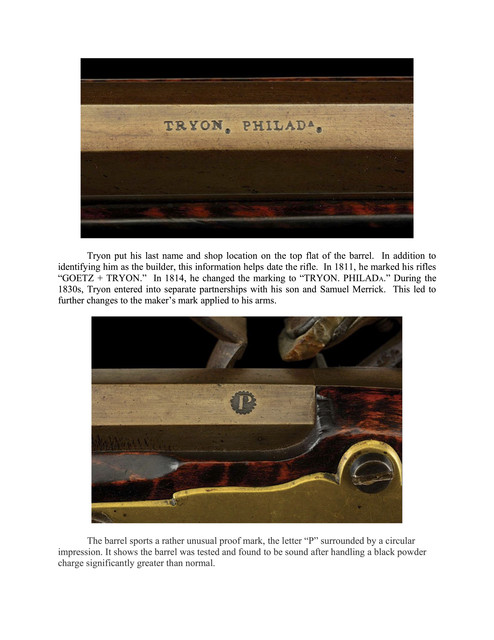appalichian hunter
75 Cal.
- Joined
- Oct 28, 2018
- Messages
- 5,828
- Reaction score
- 9,476
Wonder if the above rifle could of been a presentation rifle, pretty fancy for a utility weapon.

Hi Old MWAs a side note, I probably learned more about Hawken rifles from Don Stith than any of the published works.
...I don't think that there is any standard to a "Hawken" rifle. Like most, I took everything in the late John Baird's books as gospel. We were told that they had browned iron barrels and fittings, thick stocks, and large calibers. Some of that is true. However we now know that there really was no standard. I think they manufactured whatever a buyer ordered or wanted. I looked at some of the original rifles at the Buffalo Bill Center of the West and some clearly have remnants of blued barrels and color-case fittings. I was lucky to handle an original in a private collection and it was .40 caliber. I'm not aware of any original flintlock rifles. The Hawken brothers really liked the percussion system, and also admired the English sporting rifles that were beginning to appear.
They may have been influenced by those...My rifle is an 1840 style LH .54 caliber percussion, made by Brant Selb of Bend, Oregon. Pretty sure Jake & Sam didn't make left hand guns, but who really knows? They are not talking anymore. If every mountain man, trapper, and adventurer heading West had a Hawken, why do so few survive?

So long as we are on this subject. I have a Uberti Hawken made for The Log Cabin shop. I have looked at the Santa Fe Hawken [Allen] and see no real difference between them. Am I missing something. Oh yea, mine is .53 caliber and I use a .520 ball. Polecat

I'm not disagreeing but for the newcomers to reading about the Hawken rifles, if you are thinking of buying some books, go ahead and buy John D. Baird's book, "Hawken Rifle The Mountain Man's Choice".I didn't mean to be critical of Mr. Baird. He opened the door and interest in Hawken rifles for many of us. His books belong on the shelf of any student of firearms history. Baird also brought us the old 'Buckskin Report' magazine....
Agreed! Essential reading for the Hawken enthusiast, and we are lucky that it's still in print.For the serious Hawken student that wants more than just a picture book, I would add The Hawken Rifle: Its Place In History by Charles E. Hanson, Jr. to Zonie's and Notchy's list of books. This book is still in print unlike the other books and available from the Museum of the Fur Trade or from Track of the Wolf for about $15.
Enter your email address to join: